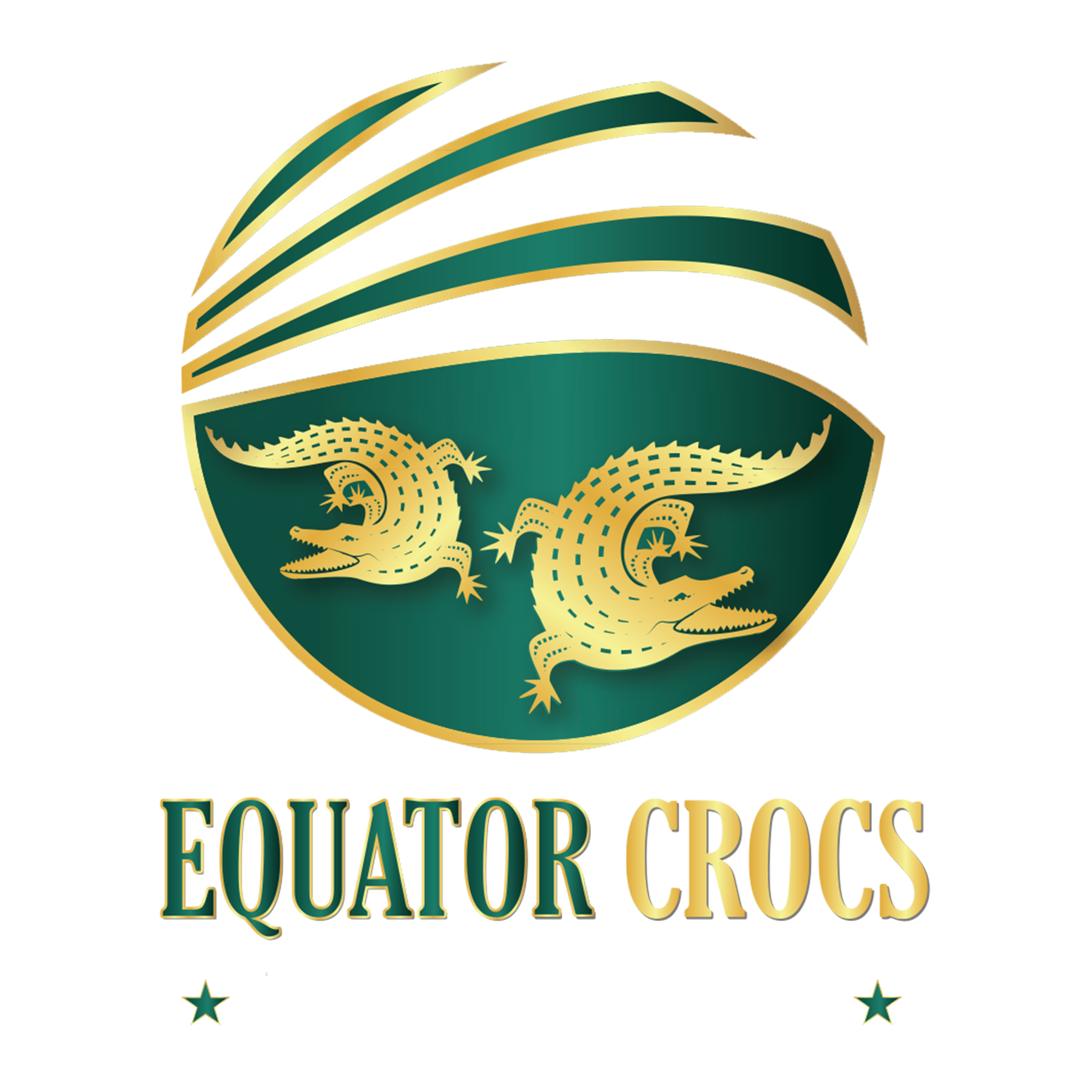The skins of crocodiles and other reptiles are widely used for the manufacturing of leather goods such as bags, wallets, belts, eyewear cases, etc. The pattern of crocodile leather makes a product unique because it is impossible to find an absolutely identical pattern. Let’s take a closer look at the properties of this exotic leather and how you can determine genuine skin.

Features of Crocodile Skin
Many species of crocodiles and alligators are endangered. Therefore, for crafting goods manufacturers use reptiles that are grown at crocodile farms. Crocodiles are grown mainly in Southeast Asia, alligators – in the United States. In captivity, crocodiles reproduce reluctantly since they need a lot of free space for life. The age of crocodiles for commercial manufacture is between 4 and 7 years. Dressing the skin of reptiles is a very complex, multi-stage process and it requires exceptionally manual work. These factors determine one of the main features of genuine crocodile leather – a high price.
Crocodile skin differs depending on the part of the animal’s body. The abdominal part is the most valuable and expensive. However, this skin is most often counterfeited and such a forgery, at times, can be hardly distinguished.
The head and tail have pronounced osteoderms – horny growths on the skin that form a rigid carapace of the animal.
The dorsal part of large crocodiles is rarely used in the manufacturing of leather goods. It is the most rigid and thick skin and can only be used as a decorative element. However, the dorsal part of young reptiles is utilized more often. Such leather has a very rich and inviting appearance as well as excellent mechanical properties.
The most commonly used skin of alligators is the skin on the sides. However, the lateral skin of crocodiles has a less geometrically correct pattern than on the ventral part, which causes their lower value and cost.
How to Distinguish Genuine Crocodile Leather from a Fake
The most valuable and most often forged part of the crocodile skin is the abdominal area. Forgeries and imitations of this skin type are most common. There are several reasons for this: this skin is the most expensive, and the fake is maximally beneficial; there are almost no horny growths on the abdominal skin, and the thickness of the skin varies not so much in comparison with dorsal areas. Good imitations and forgeries are sometimes difficult to distinguish, but it is possible:
- The shape of the textured ‘cells’ of the natural crocodile skin is always different. There cannot be two identical “squares”, the same as there are no two identical fingerprints. In fakes, patterns are usually repeated.
- Even on the abdominal part of the reptile’s natural skin, there are underdeveloped osteoderms – the horny growths. They have a denser structure and, as a rule, cannot be dyed as deep as the other parts of the skin. Look closely at the uniformity of leather’s color. The absolutely uniform coloring is a reason for suspicion.
- The thickness of genuine crocodile skin cannot be uniform. Embossed skin that imitates crocodile has a uniform thickness throughout the area.
- The price. High production costs of crocodile leather make goods more expensive than that manufactured of embossed leather.
How to Care of Crocodile Leather Goods
The natural leather of these exotic animals is extremely durable and does not require special care. Nevertheless, if you want to prolong the life of your crocodile wallet or belt you should follow a few simple rules:
- Clean your crocodile leather goods once a week with a dry, clean cloth or paper towel;
- If you store your wallet or purse for a long period of time, place the product in a fabric bag; storing crocodile skin products in plastic bags can damage the delicate leather;
- Do not apply creams, liquids, waxes or glues to the leather;
- Do not leave products made of exotic leather in direct sunlight.


